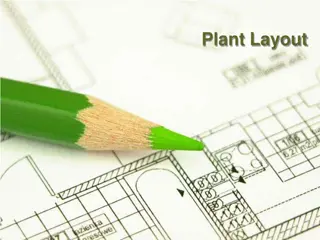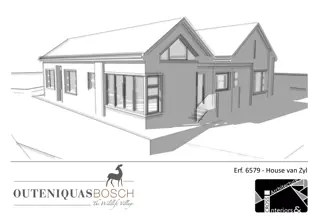Ideal Room Layouts and Design Considerations for Green Architecture
Explore the optimal room sizes and relationships in green architecture, including living areas, sleeping areas, and service areas. Discover the characteristics of each area, such as formal vs. informal living spaces, bedroom sizes, closet designs, and privacy considerations. Enhance your understanding of creating sustainable and functional living spaces through this insightful guide.
Download Presentation

Please find below an Image/Link to download the presentation.
The content on the website is provided AS IS for your information and personal use only. It may not be sold, licensed, or shared on other websites without obtaining consent from the author. Download presentation by click this link. If you encounter any issues during the download, it is possible that the publisher has removed the file from their server.
E N D
Presentation Transcript
Room Sizes and Relationships GTT Unit 7 Green Architecture
Room Relationships Three Areas Living Area Sleeping Area Service Area
Living Area Formal Living Area Guest entertaining Quiet conversation Near entry General size 13 x 18
Living Area Informal Living Area Guest entertaining Family entertaining Everything room General size 13 x 16
Living Area Dining Room Easy access to living and kitchen Nook for smaller spaces Casual dining room 9 X 11 Formal dining room General size 11 x 14
Living Area Characteristics Residents and guests play and relax here Natural light and scenic views are desirable (except in a home theater) A formal entrance or foyer is placed in or near the main living space What rooms are part of the living area?
Sleeping Area Bedrooms Away from noise Away from busy traffic Sizes vary General size bedroom 9 x 10 Medium size bedroom 12 x 14 Master bedroom13 x 16 +
Sleeping Area Closets Every bedroom Minimum 4 wide x 24 deep Noise buffers Master bedrooms have walk-in closets Walk-in minimum 6 x 6 Linen closet 2 wide x 18 deep
Sleeping Area Characteristics Bedrooms should be private; should not walk through a bedroom to get to another room. Privacy, noise levels, activity, and room adjacencies are considered when planning bedroom locations. Master bedrooms may include a sitting area, master bathroom, or walk-in closet. What rooms are part of the sleeping area?
Service Area Bathrooms Privacy from living areas Easy access from other areas 2 or more placed back-to-back bath = Lavatory and WC bath = Lavatory, WC, shower Full bath = Lavatory, WC, tub Master bath = Lavatory, WC, tub, separate shower General size 6 x 9
Service Area Laundry Room May contain sink, folding table, clothes rack, ironing board Laundry supplies storage May be near exterior access for hanging clothes outside Keep near other rooms that need plumbing General size: small 33 x 66 , large 10 x 10
Service Area Garage Vehicle storage Yard equipment storage Sport equipment storage Firewall between attached garage and house General size: one-car 12 x 24 , two-car 22 x 24
Service Area Kitchen Used the most View of play areas, inside and out Close to exit (carrying in groceries) Kitchen layout ~ working triangle Major appliances need to be within 4-9 feet of each other Stove, sink, refrigerator, dishwasher General Size 10 x 10
Service Area Characteristics Service or working areas are often grouped together to reduce plumbing cost. These areas are often noisy. When designing a two-story home, a bathroom should be on each level. What rooms are part of the service area?
Working Triangle The working triangle is the distance between the most common three work spaces in a kitchen: Stove, refrigerator, and sink. The work triangle has points at front center of sink, front center of stove, and front center of refrigerator. The perimeter should be between 12 and 21 .
Working Triangle A. B. C. The traffic flow through the kitchen can often disrupt work. A. This kitchen has no through traffic. B. This kitchen has cross traffic through the work area of the sink, refrigerator, and stove. C. This kitchen has disruptive traffic through the work area. How can we fix them?
In What Area Does Each Room Belong? Living Room Bathroom Bedroom Kitchen Dining Room Family Room Laundry Room Basement (not finished) Basement (part finish) Garage Patio Office Library Living Sleeping Sleeping Service Living Living Service Service Living Service Living Living Living
Answers 6 1. ___________ 2. ___________ 3. ___________ 1 2 3 4. ___________ 5. ___________ 4 7 6. ___________ 5 8 10 7. ___________ 8. ___________ 9 9. ___________ Identify the type of area for each room. 10.___________
Answers 6 1. Living area 2. Living area 3. Service area 1 2 3 4. Service area 5. Sleeping area 4 7 5 8 6. Living area 10 7. Service area 8. Sleeping area 9 9. Sleeping area SMALL HOUSE PLAN 10.Service area
Resources Microsoft, Inc. (2011). Clip art. Retrieved from http://office.microsoft.com/en-us/clipart/default.aspx

























